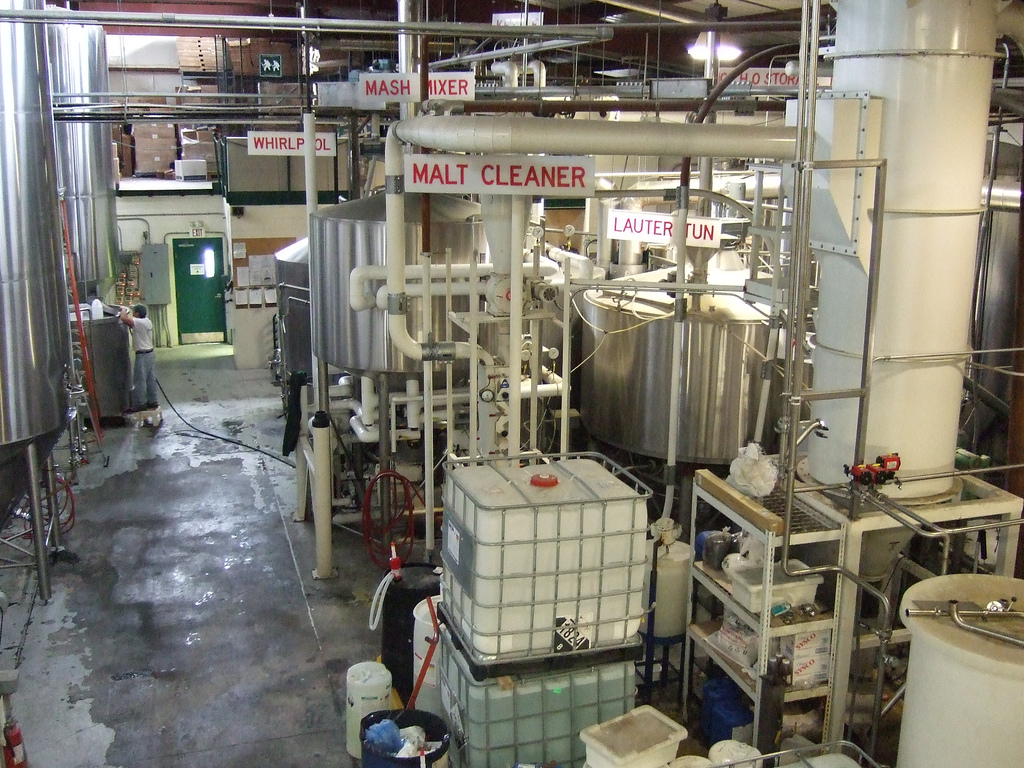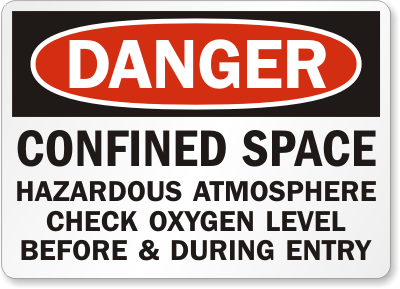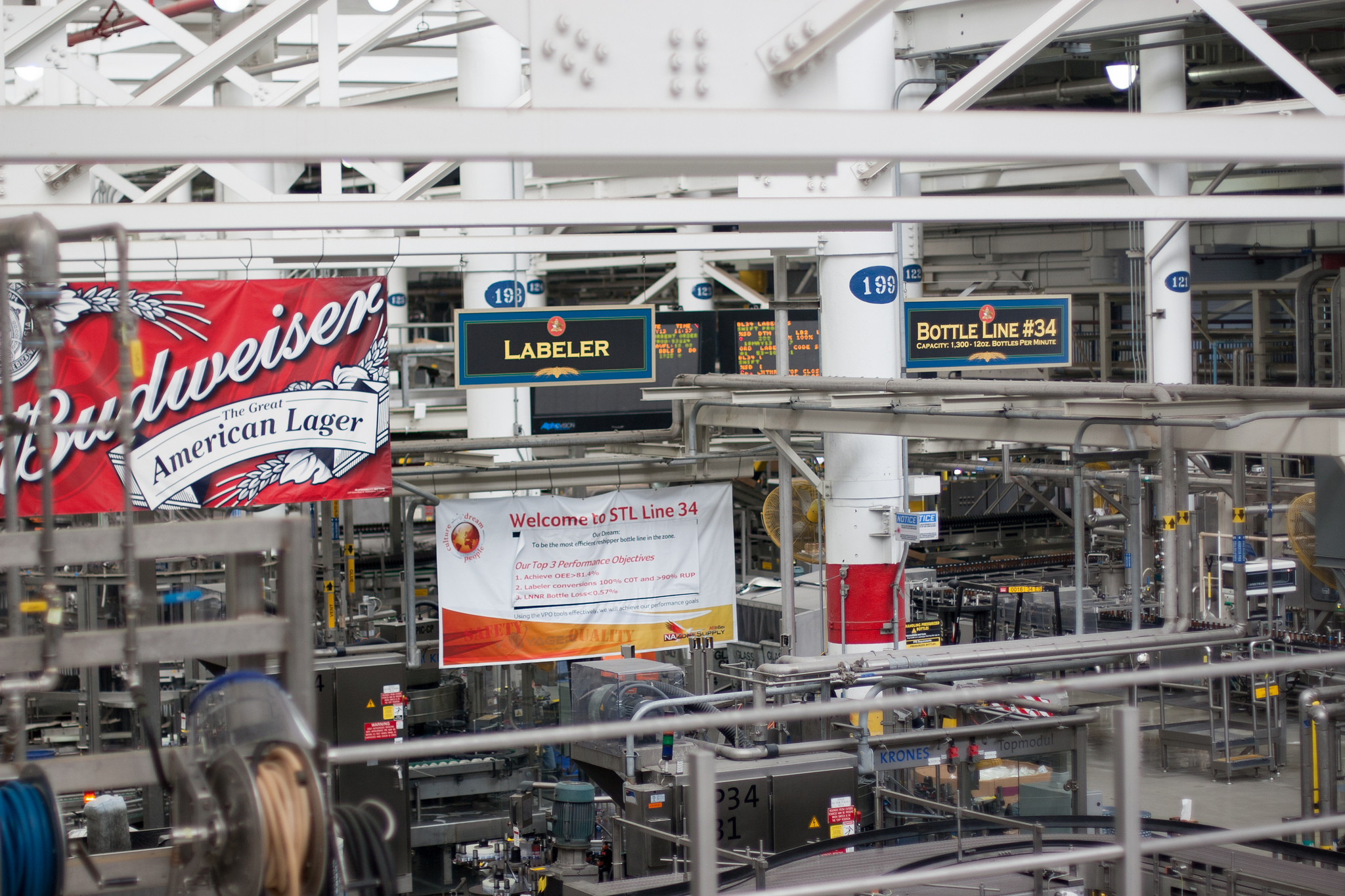Craft breweries overlook workplace safety
Serious beer drinkers increasingly turn to craft breweries for more nuanced taste, wider variety and the cachet of supporting small, possibly local businesses. But while taste standards are top priority, beer drinkers, and it seems the breweries themselves, seldom think about standards for workplace safety.
In 2009, welder Mark Moynihan died from severe burns suffered while attempting to seal a crack in the fermentation tank at Calhoun’s Bar-B-Q & Brewery in Knoxville, TN. The confined space was over saturated with oxygen and burst into flames when Moynihan lit his torch. Moynihan’s widow sued Copper Cellar, the restaurant company that owns the brewery, for creating an unsafe work environment and recently settled for an undisclosed amount.

Long Trail Brewing Co. got serious about safety after a fermentation tank exploded. From ann-dabney.
This incident has shed light on an alarming disregard for safety in the rapidly-expanding craft brewery industry. Between 2009 and 2012, at least four people died in accidents at craft breweries versus two deaths at large breweries like Anheuser-Busch and Coors. From 2003 through 2011, state inspectors and OSHA found 547 violations, including 250 serious violations, at craft breweries. Compare this to the 151 violations, 69 of which were considered serious, found at large breweries during the same time frame. The violations cited included the seemingly benign, like failing to enclose sprockets and chains, and more apparent dangers such as not ensuring that machinery was disabled when an employee was inside.
The problem? Small breweries lack experience, and when rushing to meet consumer demand in what is now a $10.2 billion industry, craft brewers may neglect to properly train employees. Not to mention the fact that haste is never the best recipe for safety. Large brewers, by contrast, have the resources to support training programs and a long history of implementing safe practices. What’s more, many of the craft breweries don’t know that certain states require them to report serious injuries, which means that the number of craft brewery injuries that OSHA has on record (just two since 2002) is likely inaccurate.

From MySafetySign.com.
Former brewmaster Teri Fahrendorf put it this way: “[craft breweries] don’t have experience with big-boy chemicals, and they don’t have experience with pots that are filled with 900 gallons of boiling liquid.”
Change in attitudes toward safety is slow going. Though at least 250 people attended a safety lecture at a San Diego craft brewing conference last year, there are just three craft breweries participating in OSHA’s Safety and Health Achievement Recognition Program (SHARP). One of these, Long Trail Brewing Co., decided to learn more about safety after a fermentation tank explosion in 2011. Since then, Long Trail, along with its Otter Creek Brewing subsidiary, have invested millions of dollars in upgrading equipment, developing safety policies and hiring a safety officer.
Unfortunately, it is often accidents like the explosion at Long Trail Brewing Co. that inspire the most change.
Since two workers were burned on separate occasions at Ballast Point Brewing Co. in San Diego, the company has managed to increase production and employees without a single hospitalized injury.
Just last year, an employee at Redhook Brewery in Portsmouth, NH died when the plastic keg he was cleaning with a compressed air line exploded. OSHA cited the brewery with 14 serious violations. Following the accident, and subsequent $44,000 fine, Redhook Brewery stopped filling plastic kegs and hired an outside consultant to review safety procedures at all its breweries. The Portsmouth location now has a dedicated safety consultant.

Breweries like Anheuser-Busch have more experience with safety regulations than their smaller counterparts. From Andy Rusch.
Craft breweries need to make a concerted effort to implement safety measures before accidents happen. Clearly marking points of danger can alert inexperienced workers to potential hazards, and while poring over OSHA regulations is nowhere near as enjoyable as pouring a cold one, it is essential. Remember, the equipment that can transform yeast, malt, water and hops into covetable craft brews is also highly dangerous.
[raw]













